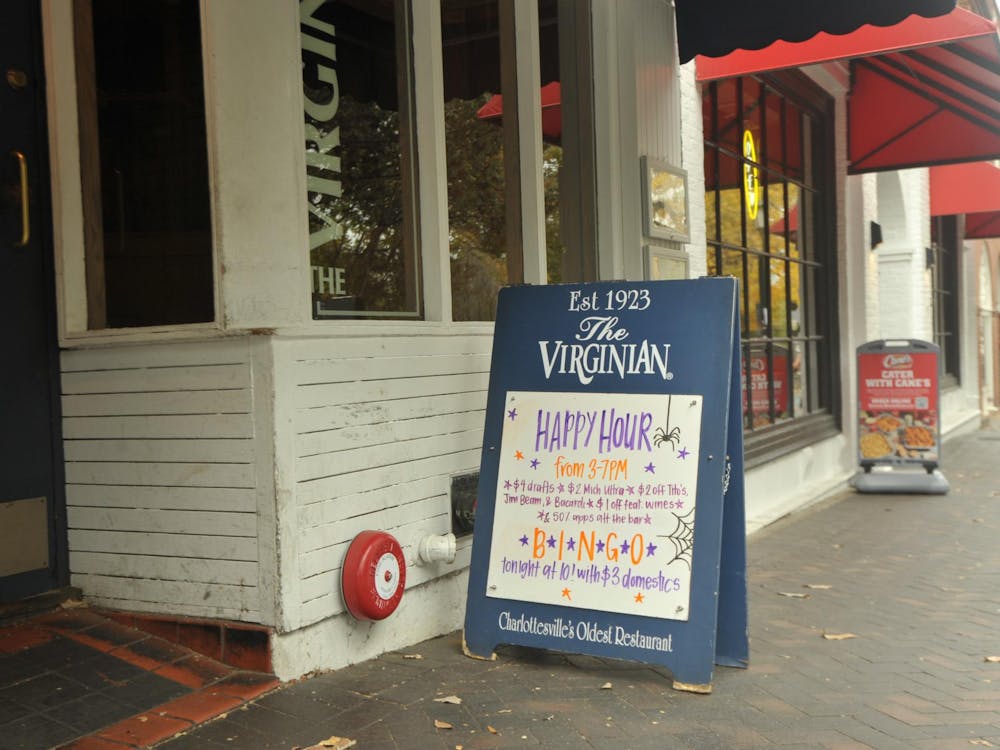Demand for college psychological counseling services nationwide has risen in recent years, while funding for these services has decreased, according to research conducted by a professor at Old Dominion University.
\nAlan Schwitzer, professor of counseling and human services at Old Dominion, shared his findings Monday at the American College Personnel Association's annual convention, an event in which professionals in student affairs and related fields come together to "share best practices and generate new ideas," he said.
\nSchwitzer presented a synthesis of about 750 articles on the subject of college counseling - a project undertaken with fellow Old Dominion Prof. Dana Burnett. The two organized the research into a database intended as a resource for student affairs professionals.
\n"Counseling centers across the country have seen an increase in demand and an increase in complexity in the problems college students bring to campus or develop on campus," Schwitzer said. "About a million and a half students are seen in college counseling centers across the country in a year."
\nIncidents of violence, such as the 2007 Virginia Tech shootings and the recent mass shooting near Tucson, Ariz., have drawn more attention to the mental health needs of college students, he added.
\nWhile demand for counseling has risen similarly at the University, services have not been cut because all Student Health funding comes from student fees upon enrollment.
About 9 percent of University students seek counseling services - a number comparable to similar universities, said Russ Federman, director of Counseling and Psychological Services at the University.
\nPre-existing conditions and economic stresses are factors that cause students to seek further counseling, Federman said.
\n"Students feel the increasing pressure to find security in an increasingly insecure world," he added. "Our society is also changing technologically. The effects of social media, the effects of instant connectivity to almost anyone ... that complicates late adolescent development because of the extent to which students tend to live online."
\nHeightened responsiveness of administrators to student mental health concerns also contributes to rising demand for counseling, Federman said, noting referrals from faculty and student services personnel has increased during the past 10 years.
\n"University campuses are simply much more sensitive about the emotional and psychological well-being of students today because they have more concerns about negative outcomes," he said.
\nWhile funding for University health services is tied with enrollment, shrinking resources for counseling services elsewhere leads universities to cut staff members or cap the number of counseling sessions to which a student is entitled, Schwitzer said.
"On a four-year residential campus, typically you'd want one full-time staff member for something in the range of 1,100 to 1,500 students," he said. "That's a rule of thumb that is often used. Most campuses in the U.S. fall short of that; that's an incredibly expensive proposition."
\nFederman said many employees of in-student services believe one staff member for every 1,000 students would be a more effective ratio.
\n"We're up around 1 to 1,650," he said. "You'll also find that we are no worse off than most other institutions our size. In other words, many university counseling centers are still understaffed despite the attention brought to counseling and psychological services over the last 10 years."
\nAlthough CAPS does not limit the number of counseling sessions available to students, if a student's treatment is likely to require more than six to 10 sessions, "we usually speak to them about a referral into the private sector," Federman said.
\nHe noted that the University has an extremely low suicide rate.
\n"We have had four suicides of enrolled students over the last 10 years," he said. "If you look at national suicide rates at universities this size, they would be two times higher than that at least. You would tend to see rates around 1.3 or 1.2 somewhere in that range per year."
\nHe added that the different departments of student affairs collaborated effectively to enhance student wellness.
\n"I don't see that many students who fall through the cracks," he said.
\nSchwitzer also said counseling has a great value, providing "a bang for the buck."
\n"There's research that shows the retention and graduation rates from counseling center students is actually higher than the general student population," he said.
\nSchwitzer said he thought it was "short-sighted" for a university to not provide sufficient counseling services.
\n"I think offering a student admission to a university is sort of a contract with that student that the institution will do their part to help that student be successful, and in many cases providing these kinds of services is a way to do that," he said.
\nAlthough funding is secure, the main problem currently facing CAPS is that the facility does not have room for expansion, Federman said.
\n"Even if we see funding resources increase as a result of increasing enrollment, until something changes, we don't have any room to hire new staff," he said. "I'm more concerned about square footage than I am about money."






